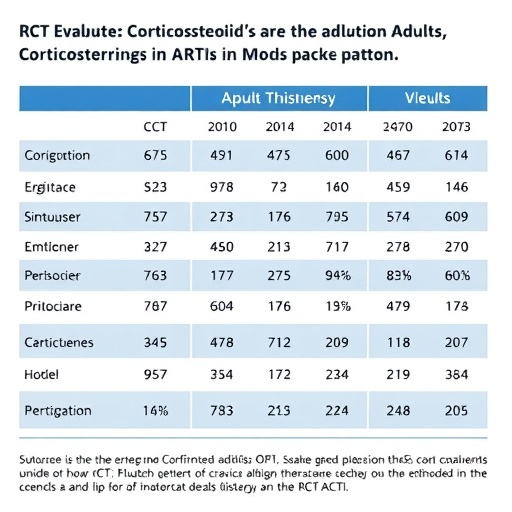A new cell culture system that provides a tool for preclinical cancer drug development and screening has been developed by researchers in the USA.
The team, led by scientists from Princeton University, New Jersey, created a microfluidic cell culture device that allows the direct, real-time observation of the development of drug resistance in cancer cells.
They report their results today in the journal Convergent Science Physical Oncology.
Senior author Professor Robert Austin, from Princeton, said: "Primary and metastatic cancers develop as complex ecosystems that continue to defy cure through conventional medical therapies. For example, cancers universally defeat treatment by chemotherapy through the emergence of drug resistant cells.
"Current therapies are developed through in vitro drug screening and tissue culture techniques, which can detect initial drug sensitivity but are not designed to detect and measure drug resistance. Similarly, in vivo experiments in mice are designed to study sensitivity to therapies and not mechanisms of resistance, because the animals succumb to the cancer."
Co-author Dr Gonzalo Torga, from Johns Hopkins Medical Institute, Baltimore, said: "Animal testing is the most effective way to test the clinical response to new drugs, but it can be extremely costly and take many months.
"Our system is an in-vitro, self-contained, microfluidic cell culture system. It reproducibly creates the complex microenvironments in which cancer cells develop."
The team's system acts as an 'evolution accelerator', allowing the study of key interactions between host cells and cancer cells, and their response to the drug, to be carried out in a much shorter timeframe.
Dr Torga said: "The system allows us to carry out continuous observation of the interactions of multiple cell types at cell-by-cell resolution, and observe the development of drug resistance in the cancer cells in real time.
"Significantly, our results show that in response to chemotherapy, cancer cells can become drug resistant in just 10 days."
The device also allows quantitative analyses of motility and propagation of heterogeneous cell populations and can carry out downstream analyses of metabolites and single cells.
Additionally, the device can be fitted onto a standard epifluoresence microscope without the cost and inconvenience of a full incubating enclosure, and carry out three different experiments simultaneously over a period of several weeks of continuous real-time observation.
Professor Austin said: "This means the technology we have developed has the potential for broad application in preclinical drug development and assessments of likely drug effectiveness."
###
Media Contact
Simon Davies
[email protected]
44-011-793-01110
@IOPPublishing
http://dx.doi.org/10.1088/2057-1739/aa83bf




